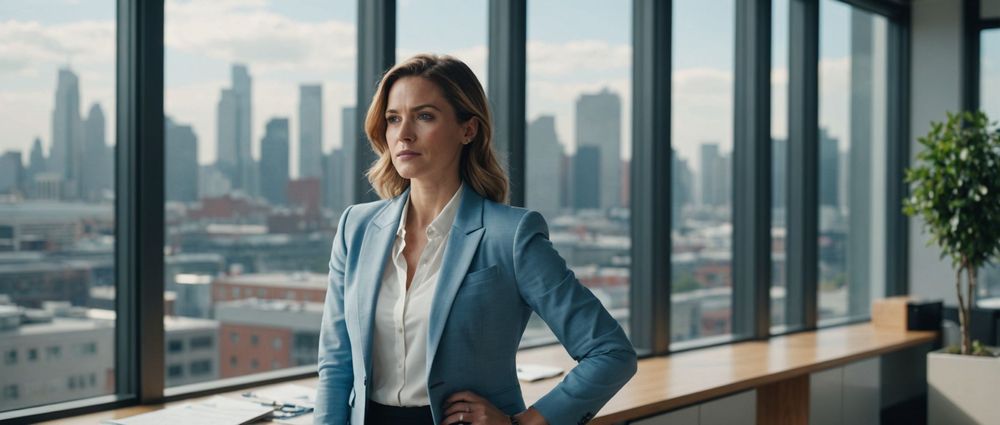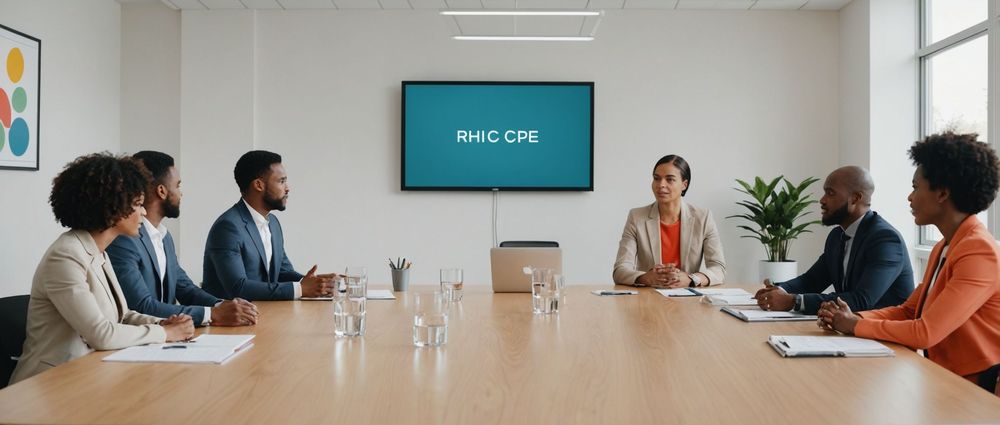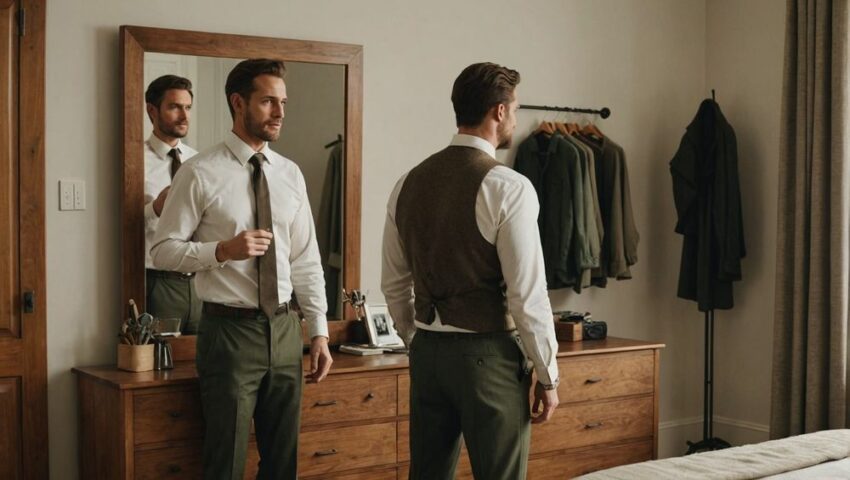Your personal style plays a vital role in career advancement, where what you wear can significantly impact first impressions and professional relationships. Dressing for success not only boosts your confidence but also conveys your professionalism and attention to detail. Understanding the nuances of workplace attire allows you to navigate different environments effectively, elevating your career prospects. This article will explore essential wardrobe staples, the importance of adapting your attire to your workplace culture, and tips on how to develop a winning style that aligns with your professional aspirations.
The Power of First Impressions

First impressions are formed within mere seconds, and your appearance is a crucial component of that initial judgment. Studies show that appearance affects how others perceive your competence, intelligence, and credibility. Therefore, dressing appropriately can set the tone for successful interactions. Here are the main elements of how personal style influences first impressions:
- Confidence: Wearing outfits that make you feel good can boost your self-esteem and reflect in your interactions.
- Professionalism: Dressing appropriately demonstrates your commitment to your role and respect for the workplace.
- Attention to Detail: A well-considered appearance shows that you care about the details, a trait appreciated in any profession.
- Relatability: Your attire can help you connect with colleagues and clients, making you more approachable.
- Cultural Fit: Understanding and adhering to the workplace dress code signifies that you understand and belong in the environment.
Understanding Workplace Dress Codes

Every workplace has its own dress code, ranging from casual to formal. Understanding these dress codes is essential for navigating your contributions effectively. Here are some common categories:
- Business Formal: Typically includes suits, ties, dress shirts, and formal shoes. Ideal for meetings with clients or executives.
- Business Casual: A step down from formal, consisting of slacks or knee-length skirts paired with collared shirts or blouses.
- Casual: More relaxed attire such as jeans and T-shirts, often preferred in start-ups or creative industries.
- Creative Attire: Encourages personal expression, utilizing unique patterns, styles, or accessories to make a fashion statement.
It’s crucial to align your wardrobe with the company culture. Research and observe what other employees are wearing to ensure your outfit fits within the expectations while still allowing for personal expression. A good rule of thumb is to dress slightly better than those around you.
Key Wardrobe Staples for Career Advancement
While personal style is subjective, there are several key wardrobe staples that can enhance your professional image. These items help you create a versatile, stylish, and appropriate wardrobe:
- Classic Blazer: A versatile piece that can enhance any outfit, be it formal or casual.
- Tailored Pants: Well-fitted trousers make a significant difference in your overall appearance.
- Quality Dress Shirts: Invest in a few high-quality shirts that can be mixed and matched.
- Stylish Footwear: Shoes are a crucial aspect of your outfit; ensure they are clean and appropriate for your attire.
- Accessories: Scarves, ties, and watches can add a personal touch to your outfits, showcasing your individuality.
Building a wardrobe with these essential pieces will not only make getting ready for work easier but will also prepare you for various professional scenarios, allowing you to shine in any situation.
Crafting Your Unique Style
While adhering to a dress code is vital, developing a unique personal style can also contribute to your professional identity. Here’s how to go about it:
- Assess Your Current Wardrobe: Identify what you currently have and determine which pieces genuinely represent your style and professionalism.
- Incorporate Trends Wisely: Stay updated with fashion trends but don’t compromise your own taste or comfort level.
- Mix & Match: Experiment with different combinations of pieces to create fresh looks without needing a large wardrobe.
- Prioritize Comfort: Choose outfits that feel good and allow you to perform at your best.
- Seek Inspiration: Look for style inspiration from colleagues or fashion influencers who align with your professional goals.
Ultimately, your style should communicate who you are while fitting the culture of your workplace. A well-defined personal style can lead to increased recognition and opportunities for advancement in your career.
Conclusion
In the modern workplace, personal style is more than just clothing; it’s a crucial component of your professional identity. Making mindful fashion choices that align with both your personal style and workplace expectations can significantly impact your career advancement. By understanding the power of first impressions, adhering to dress codes, investing in key wardrobe staples, and crafting a unique style, you position yourself for success. Remember, it’s not just about what you wear but how what you wear makes you feel, as confidence and authenticity often lead to the greatest achievements.
FAQs
1. What should I wear to a job interview?
For a job interview, it’s best to err on the side of professionalism. A tailored suit, dress shirt, and polished shoes are generally safe choices. Make sure your clothes are neat and free from wrinkles.
2. How can I dress for success on a budget?
Dressing for success doesn’t have to be expensive. Focus on a few key versatile pieces that you can mix and match, shop at second-hand stores, and look for sales at department stores.
3. Are certain colors more effective for professional attire?
Certain colors can evoke specific feelings and perceptions. For instance, blue is often associated with trust and professionalism, while black can signify authority. Neutral tones like gray and beige can also enhance your professional image.
4. Can I express my personal style in a conservative workplace?
Yes, you can express your personal style within conservative frameworks. Incorporating subtle accessories or unique cuts within the confines of a dress code can help you stand out while remaining professional.
5. How do I transition my wardrobe from casual to business attire?
Start by adding business casual staples like blazers and tailored pants to your wardrobe. Gradually, replace casual items with more polished options. Mix and match until you find a balance that works for your day-to-day activities.
